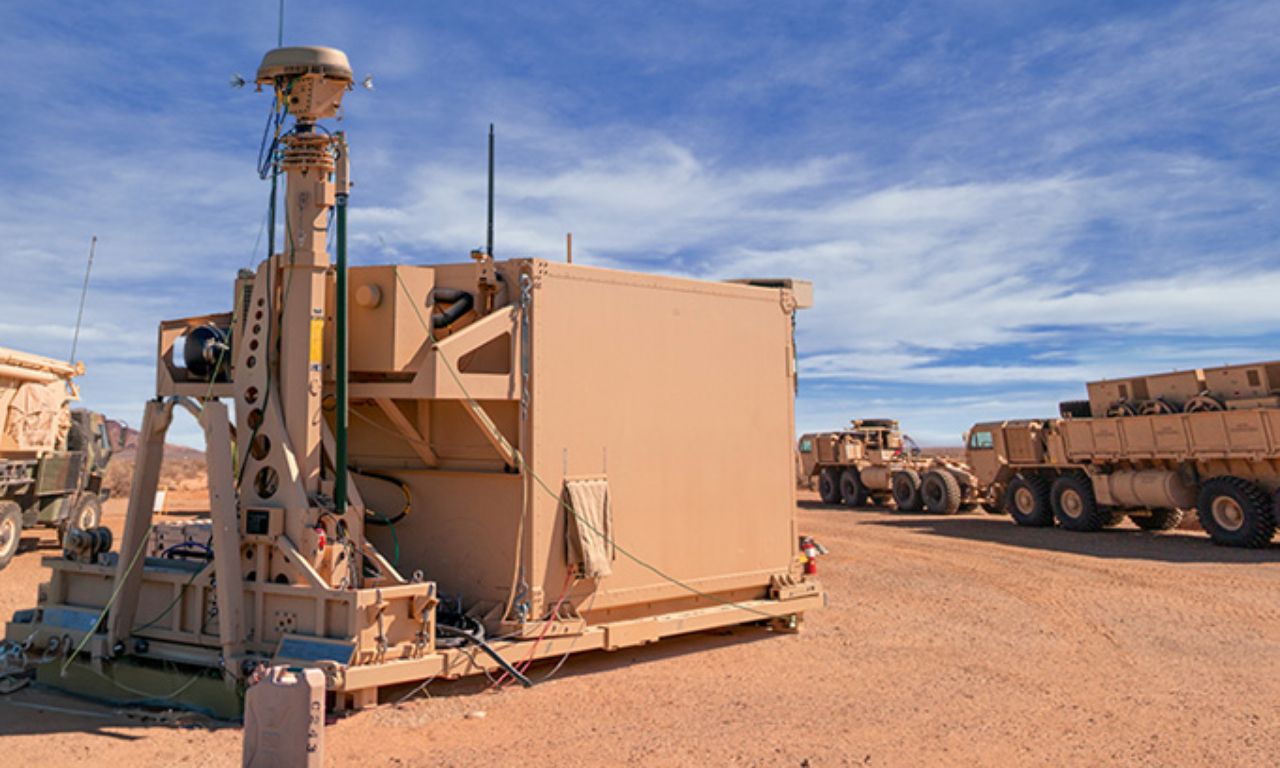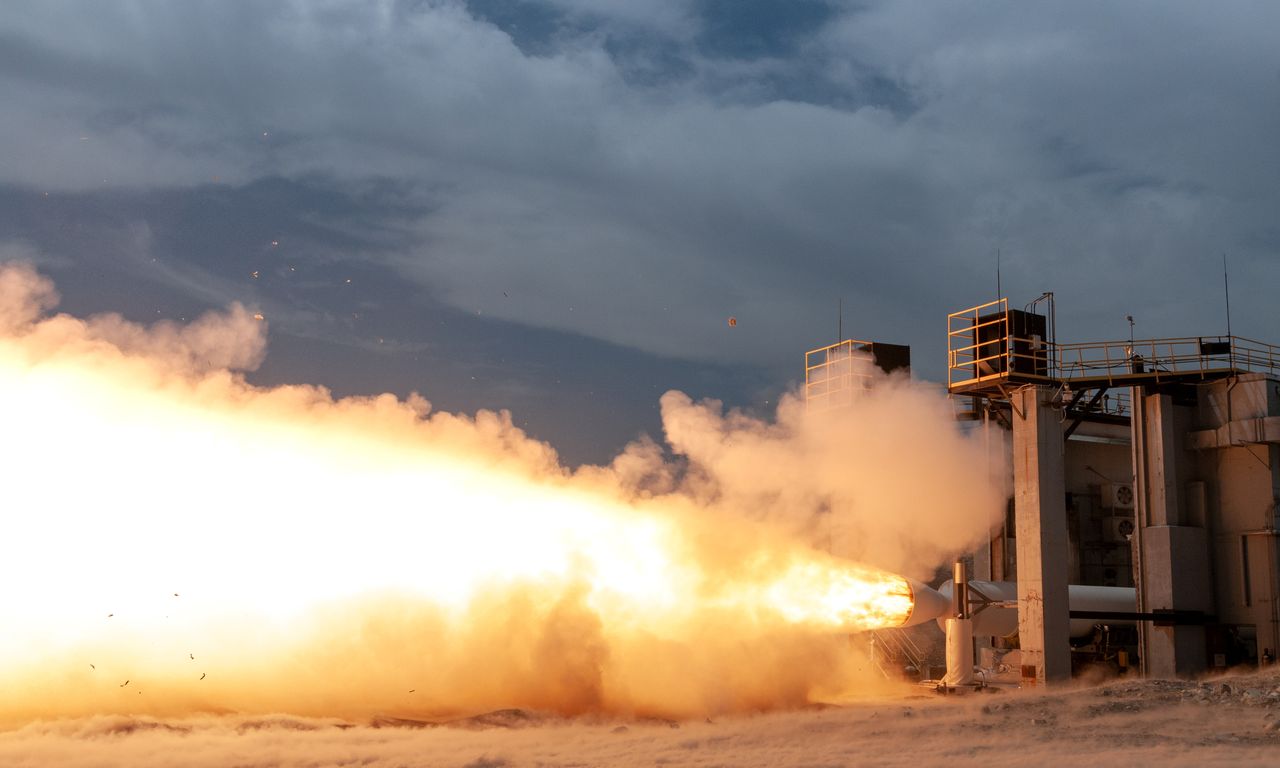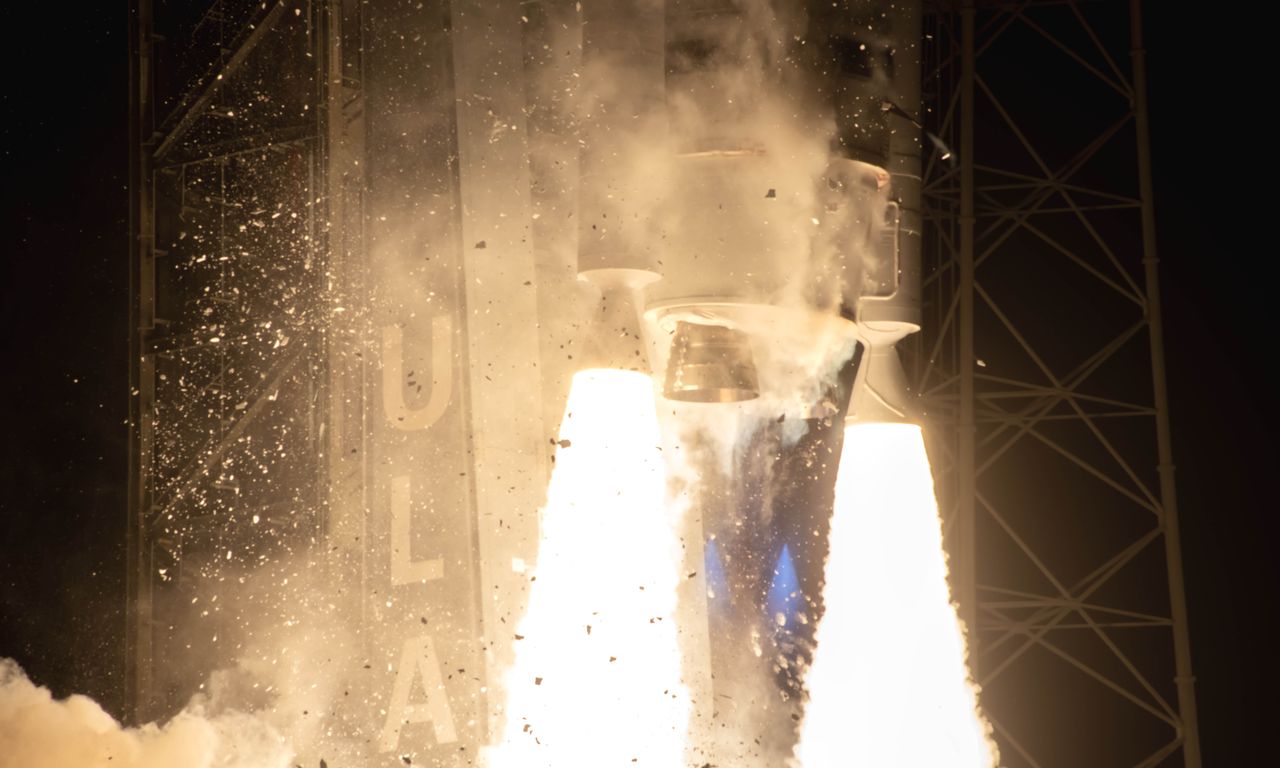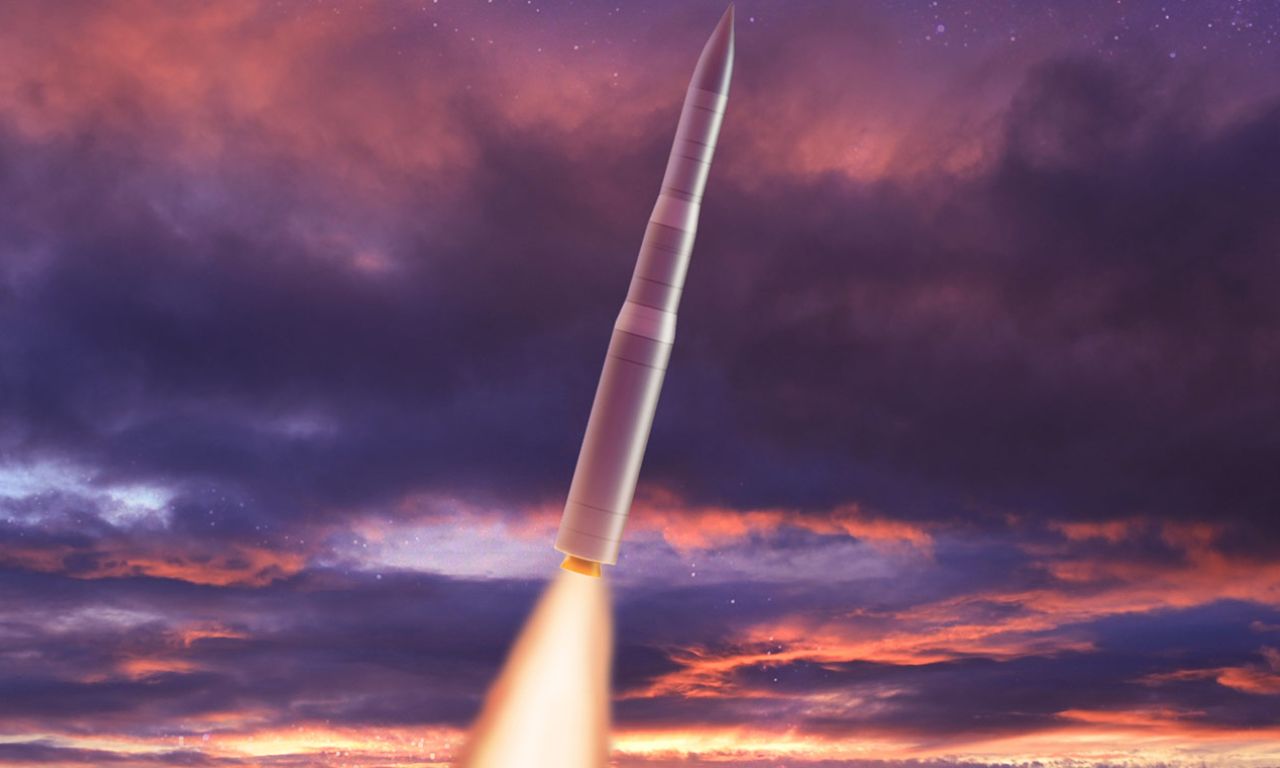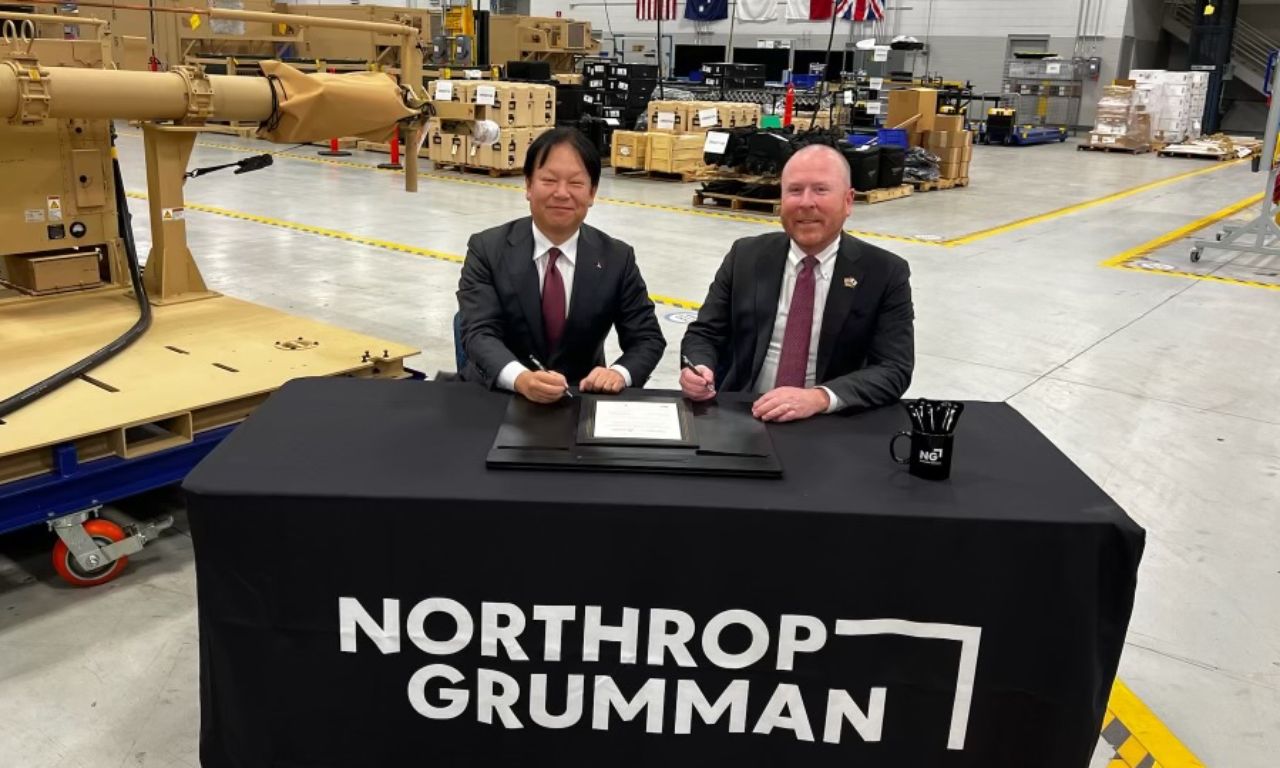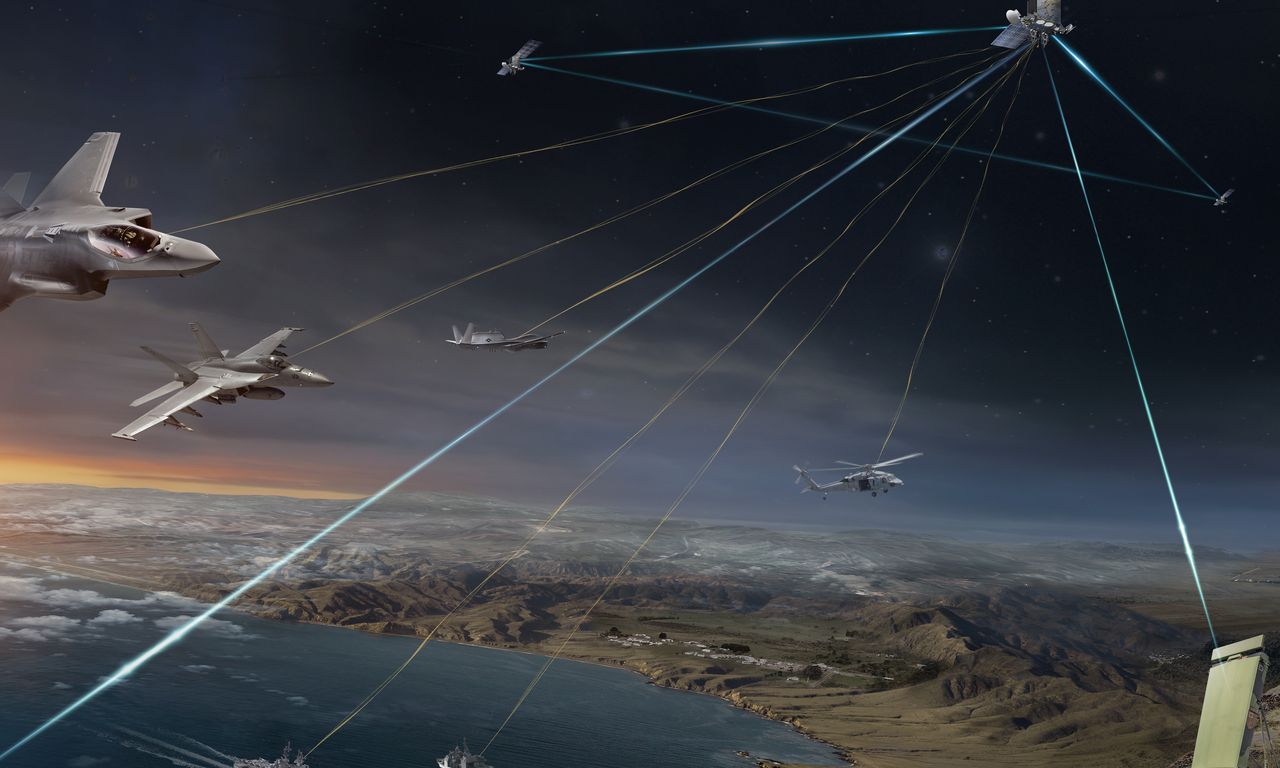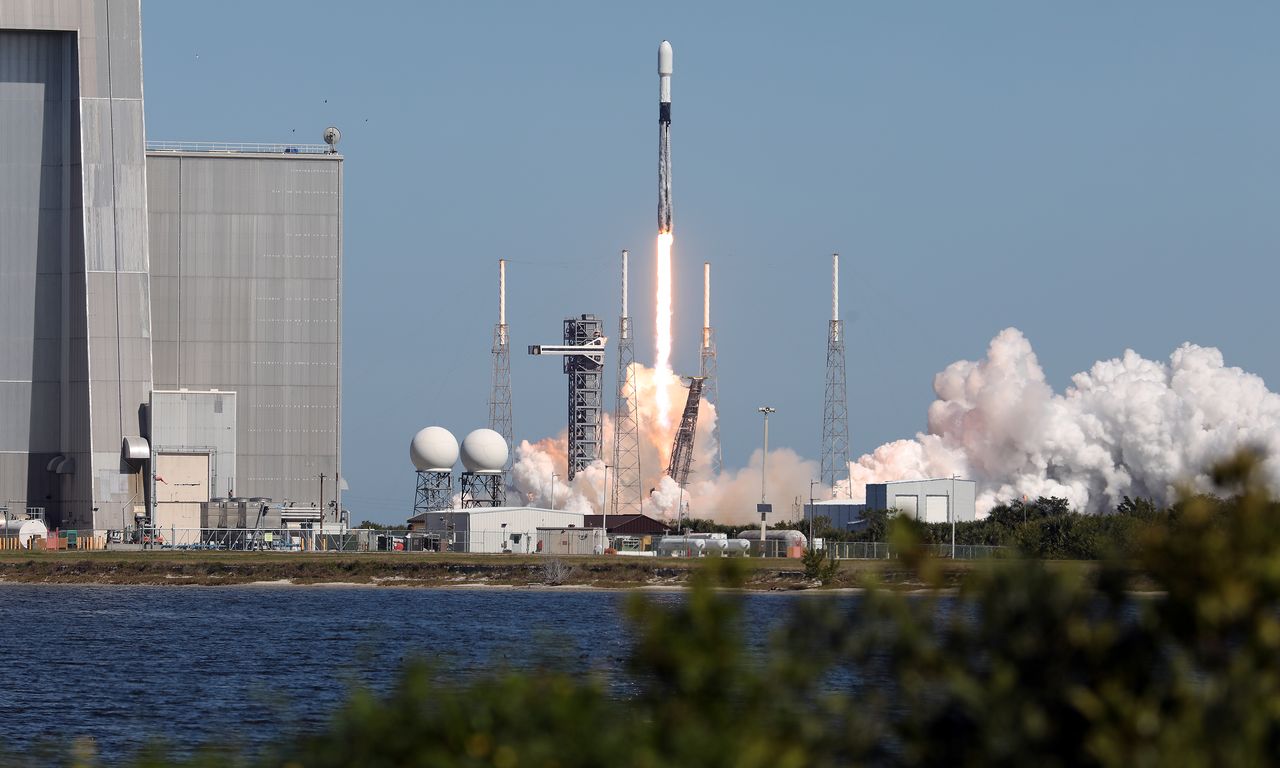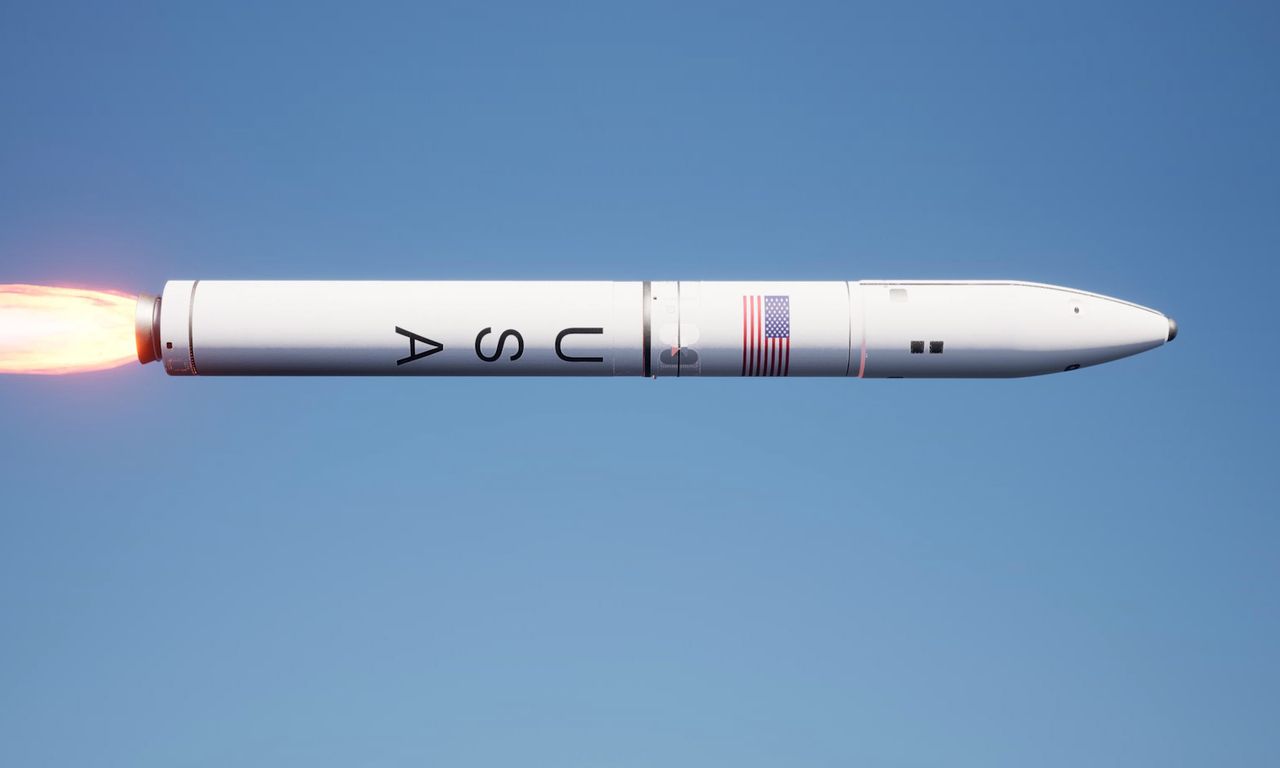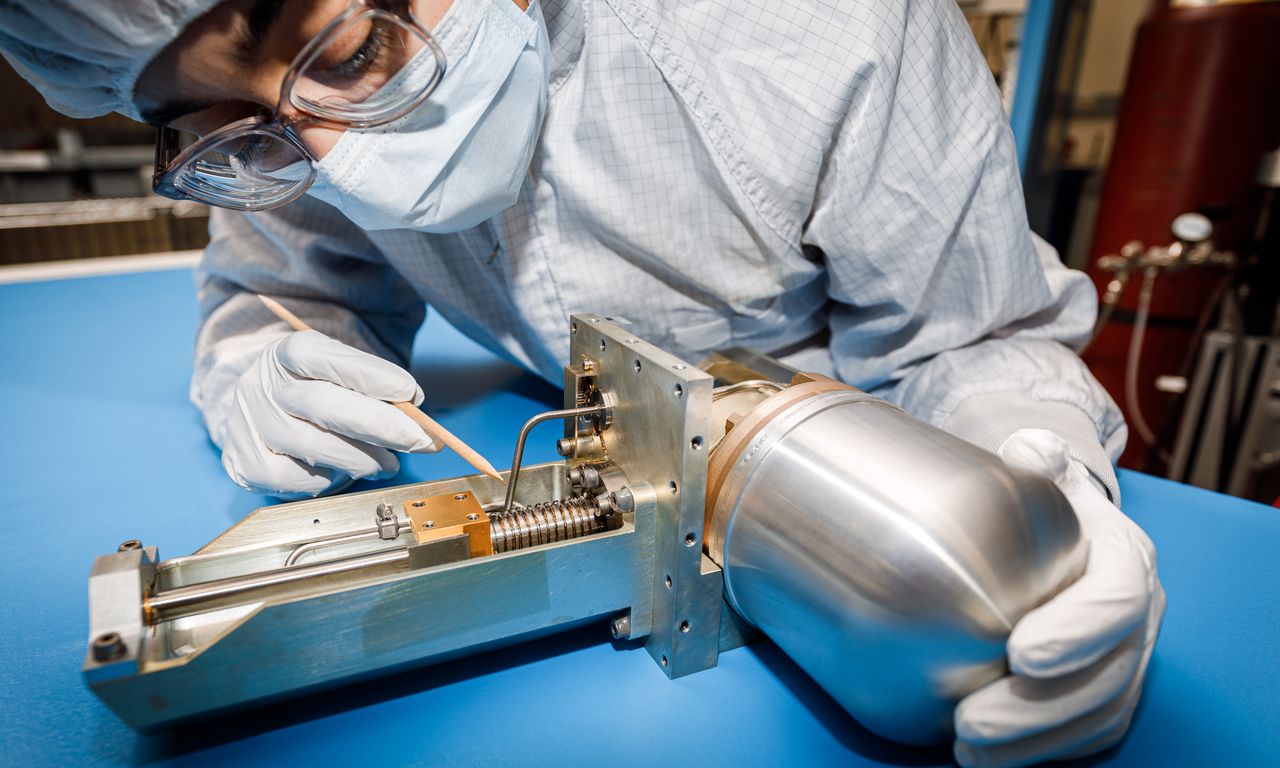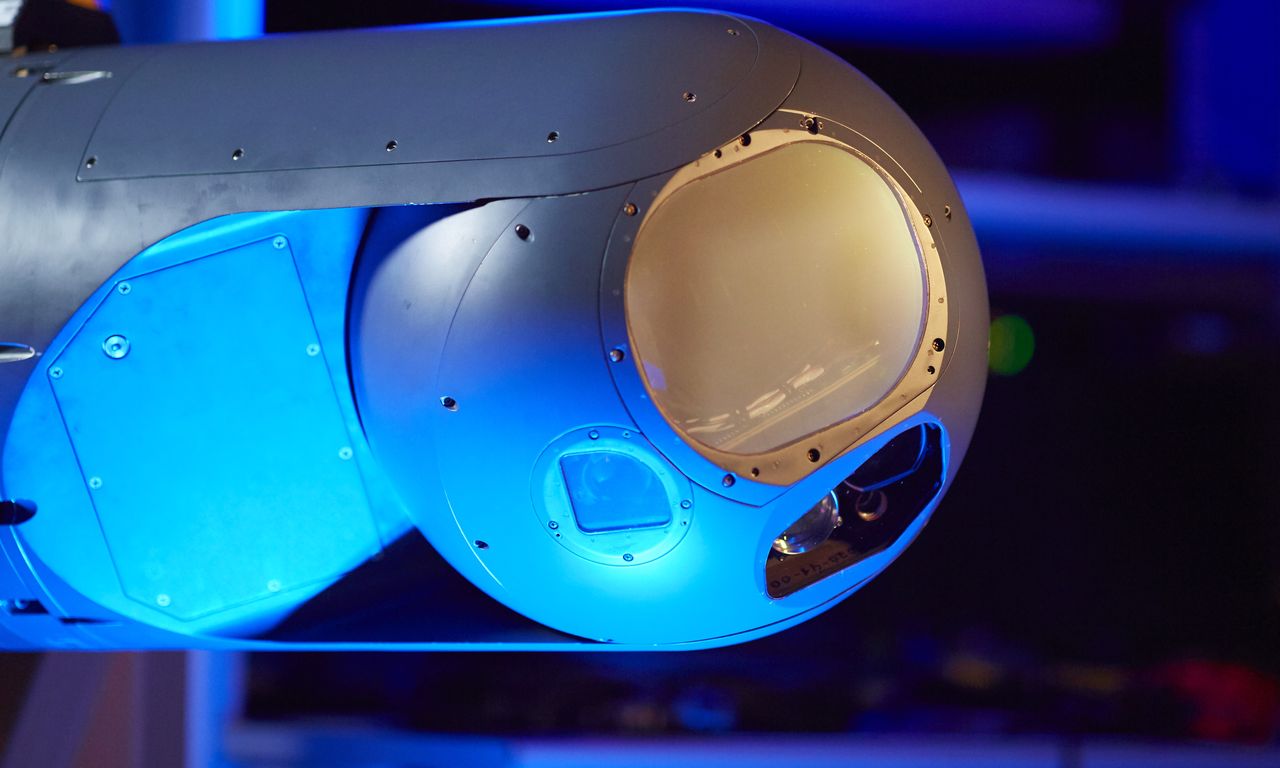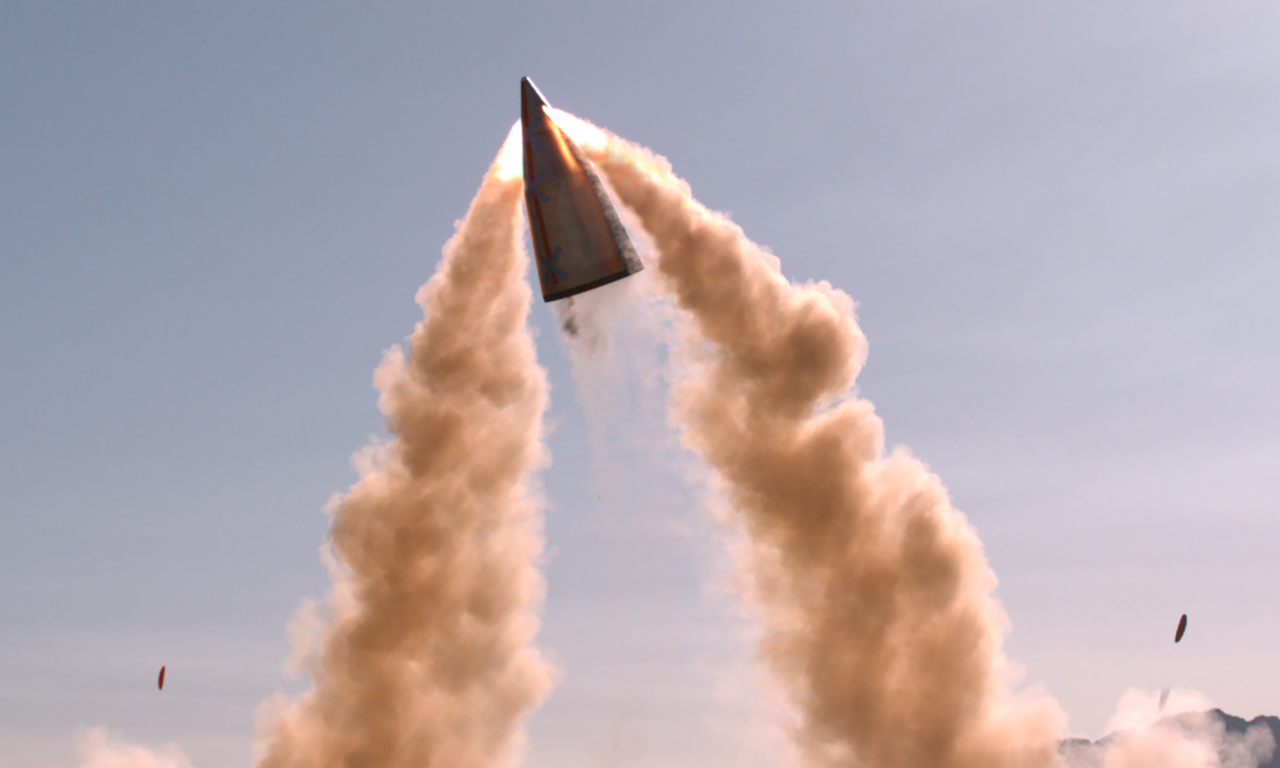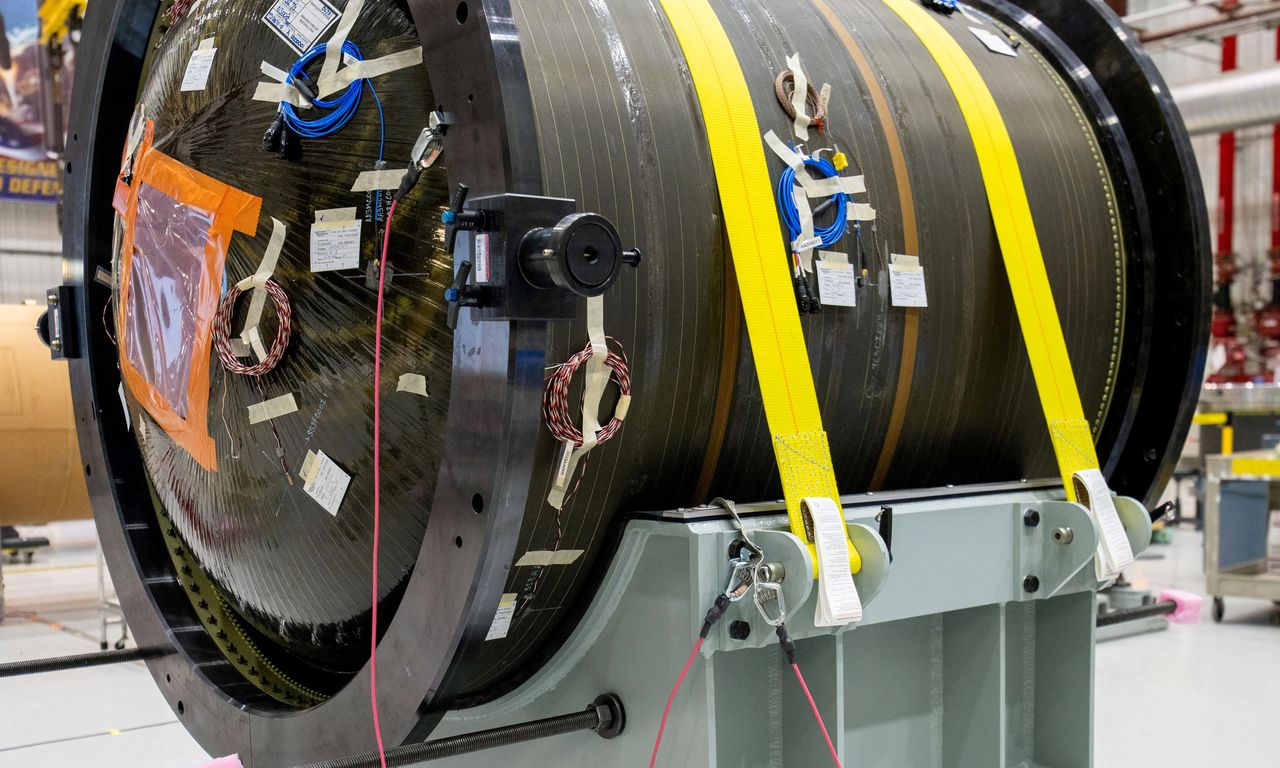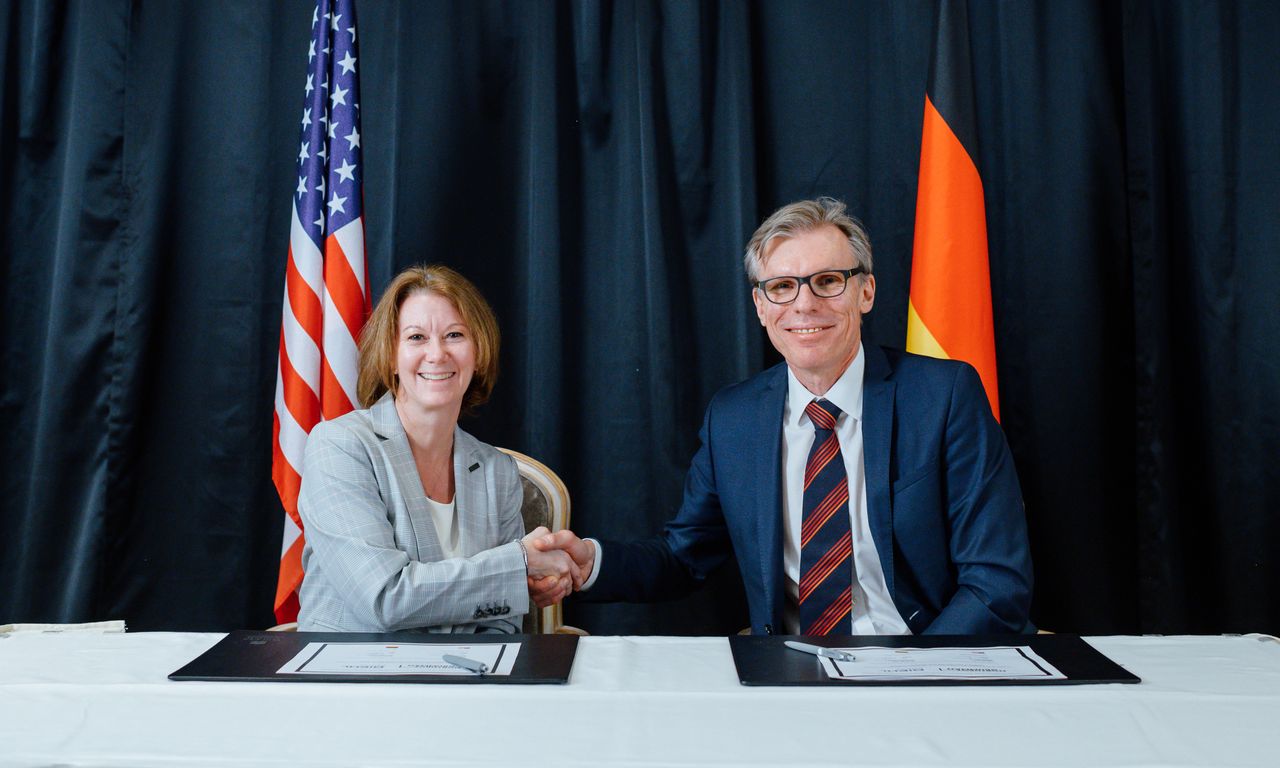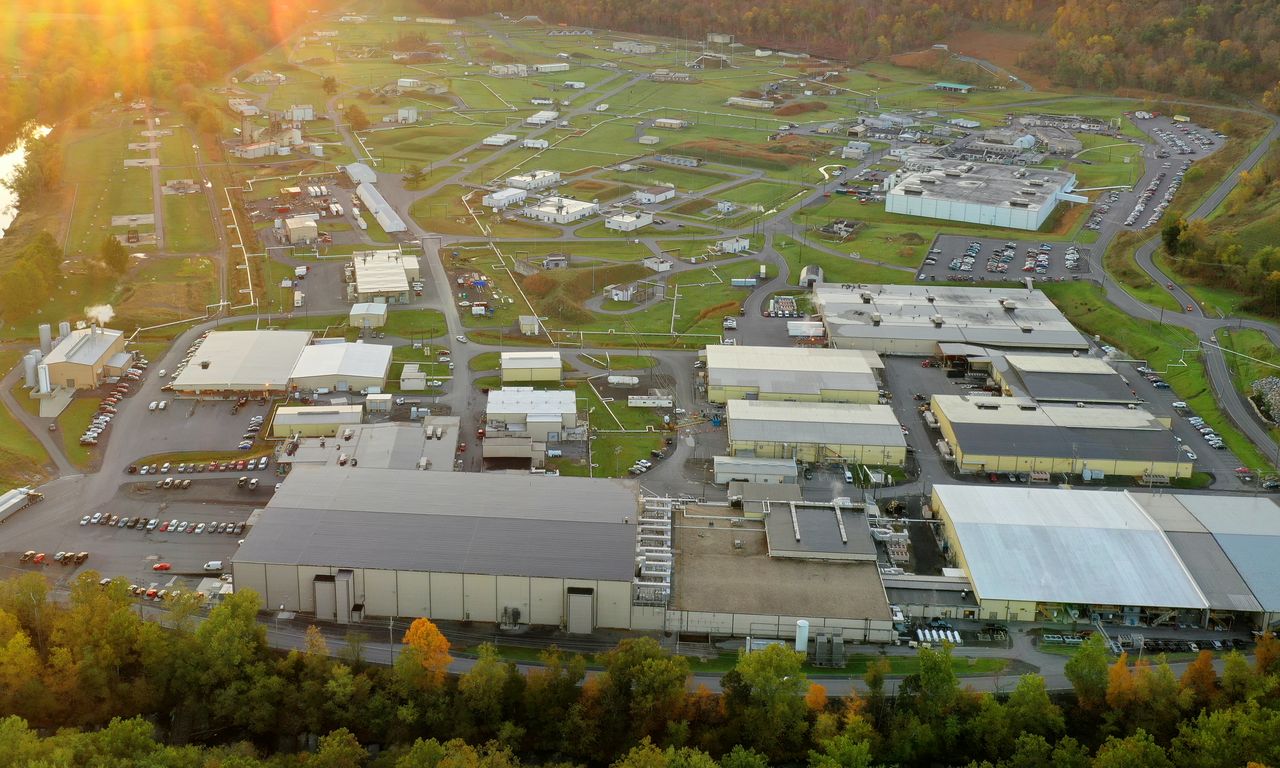Big Booster Benefits – First Flight of Longest Monolithic Solid Rocket Motors
Northrop Grumman’s GEM 63XL solid rocket boosters to be longest single-segment motors ever flown
Digital engineering and advanced technologies are unlocking new opportunities and accelerating growth in the rapidly evolving space launch industry.
Using virtual reality and monolithic designs, meaning manufactured and cast as a single piece, Northrop Grumman's 63-inch diameter, extended length Graphite Epoxy Motor (GEM 63XL) solid rocket booster (SRB) will make its debut, supporting the inaugural flight of United Launch Alliance's (ULA) Vulcan Centaur rocket on January 8th.
At more than 72 feet long, the GEM 63XL is the longest monolithic SRB ever produced for flight, a designation previously held by its predecessor, the 66-foot long, 63-inch diameter GEM 63.
Manufacturing and casting the GEM 63XL as a single piece makes the motors more reliable and efficient by reducing joints, hardware and overall mass. This is crucial for an SRB of this length that can deliver over 463,000 pounds of thrust to enhance the capabilities of rockets launching the nation’s most critical payloads.
Pioneering Engineering with Virtual Reality
If a picture is worth a thousand words, virtual reality is worth a thousand pictures.
To push the boundaries of possible, the team looked to identify what could be achieved using virtual reality to build the next generation of boosters. The fifth-generation GEM 63XL benefits from flight-proven designs and components, advancing the GEM legacy of increasing capabilities.
Using virtual reality, GEM design and engineering teams were immersed into 360-degree virtual environments to observe and test life-size boosters. In minutes, engineers created 3D computer-aided design (CAD) renderings, put on headsets and thoroughly examined a full-scale model to validate the design before manufacturing began.
“You think you see everything in CAD, but there are restrictions when viewing a two-dimensional design,” said Kevin Foster, chief engineer, GEM 63/63XL, propulsion systems, Northrop Grumman.
“We are able to identify potential issues and make design adjustments before production starts which saves us vital time and reduces costs.”
Manufacturing Excellence
Building GEM 63XLs monolithically rather than segmented provides several efficiency benefits, including:
- Reducing hardware and overall mass, to enable a greater thrust-to-weight ratio;
- Reducing motor handling and assembly operations;
- Reducing field joint interfaces and launch-site assembly support;
- Streamlining booster mating to core vehicle;
- Enabling rapid launch cadence scheduling, reducing joints and potential points of failure.
Up to six GEM 63XL SRBs can be integrated with the Vulcan rocket. Together, with the pair of BE-4 engines, powerful liquefied natural gas engines serving as the rocket’s main engine propulsion deliver over 3.3 million pounds of thrust to lift customer payloads to desired orbits.
“Larger, more capable rocket motors, including vehicles that support ride-sharing missions are a result of a customer need to place larger, more advanced payloads into space,” said Robert Gonzalez, senior program director, propulsion systems, Northrop Grumman.
The GEM motors have more capabilities, including their design, and building the motors to be shipped directly to the launch pad with little assembly required.
From manufacturing and processing the booster to its overall performance, the efficiency of the monolithic approach supports customer goals and provides significant benefits including a lighter, more cost-effective and powerful booster.
Leaning Forward
Northrop Grumman continues to invest in upgraded facilities to support the production of these first-of-its-kind motors.
The unique length of the GEM 63XL required buildings, including the rocket motor propellant casting facilities, infrastructure and work cells to be renovated in 2015. The depth of existing casting pits were increased by 20 feet to fit the GEM motors and were modified to include two ports for propellant to be added to two rocket motor cases while using one pit. This process, known as dual casting, improves efficiency, brings cost-savings and increases production.
Northrop Grumman was awarded a
new ULA contract in 2022 to increase production of its GEM motors, nearly quadrupling previous production rates to the end of the decade and requiring further
expansion of its solid rocket motor manufacturing facilities.
The expansion includes new state-of-the art facilities, modernization of existing facilities, purchase of cutting-edge manufacturing equipment and other support equipment to streamline processes, enhance product delivery and increase capacity and output.
“While much has evolved — from the technology to the facilities to the motor itself — in the GEM program’s latest iteration, the legacy of success and customer focus has remained consistent,” said Gonzalez.
“That emphasis will never change.”
Digital engineering and advanced technologies are unlocking new opportunities and accelerating growth in the rapidly evolving space launch industry.

news.northropgrumman.com
